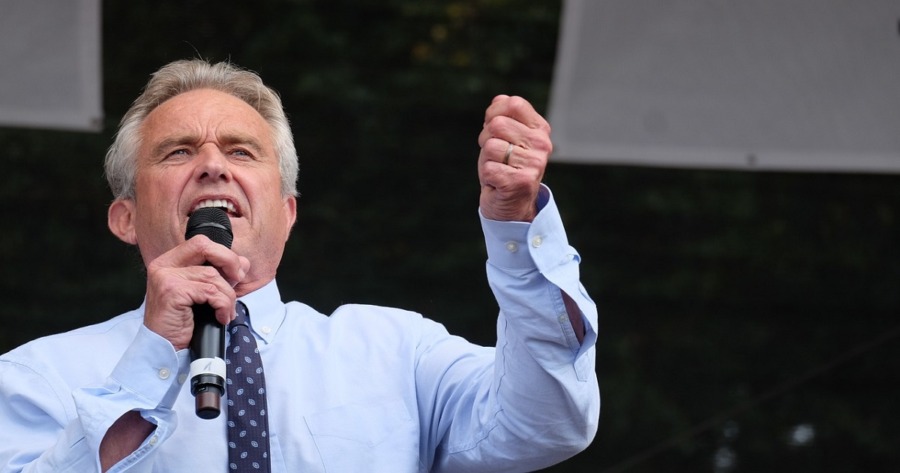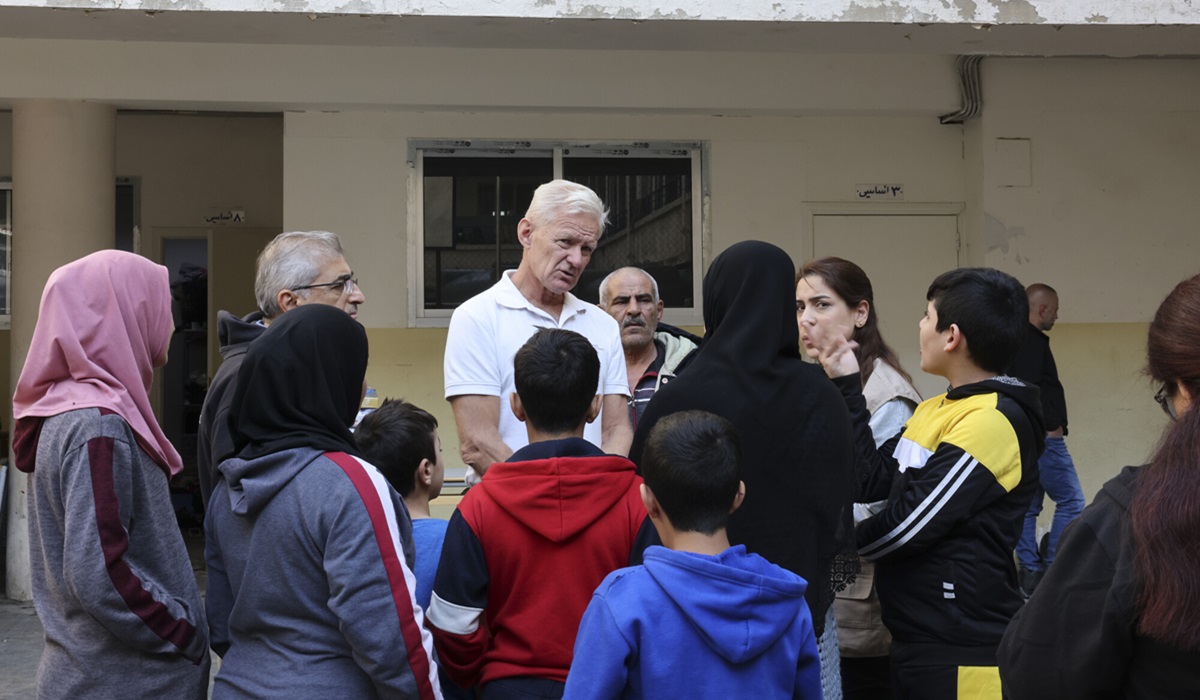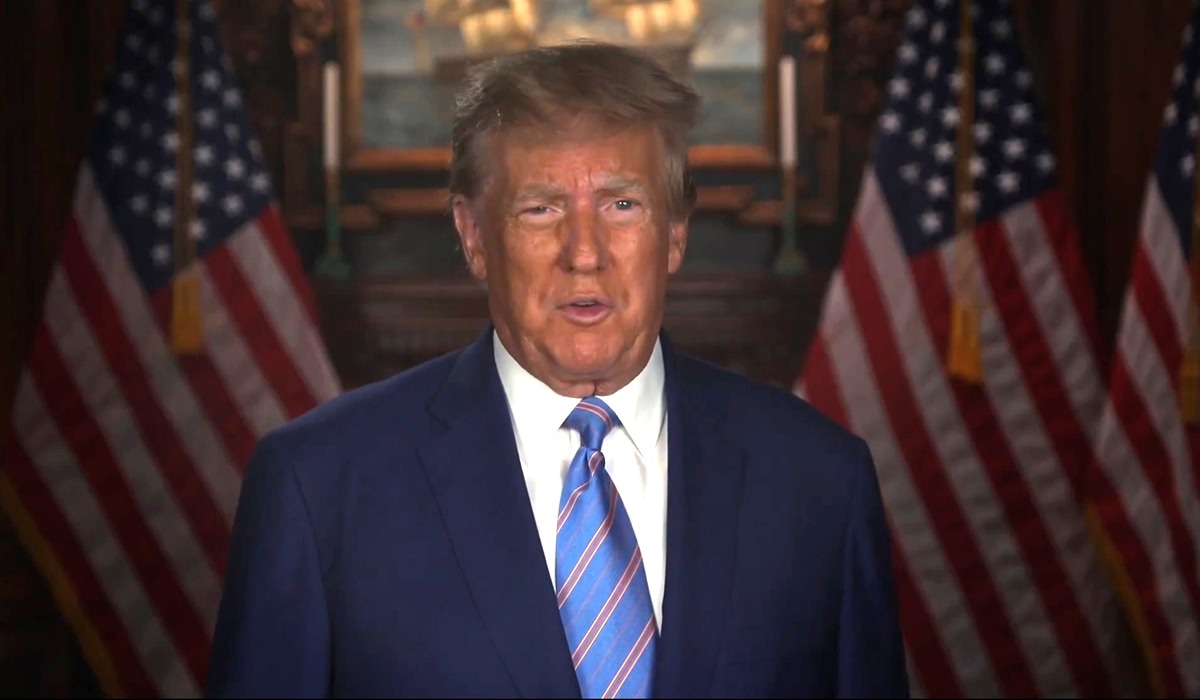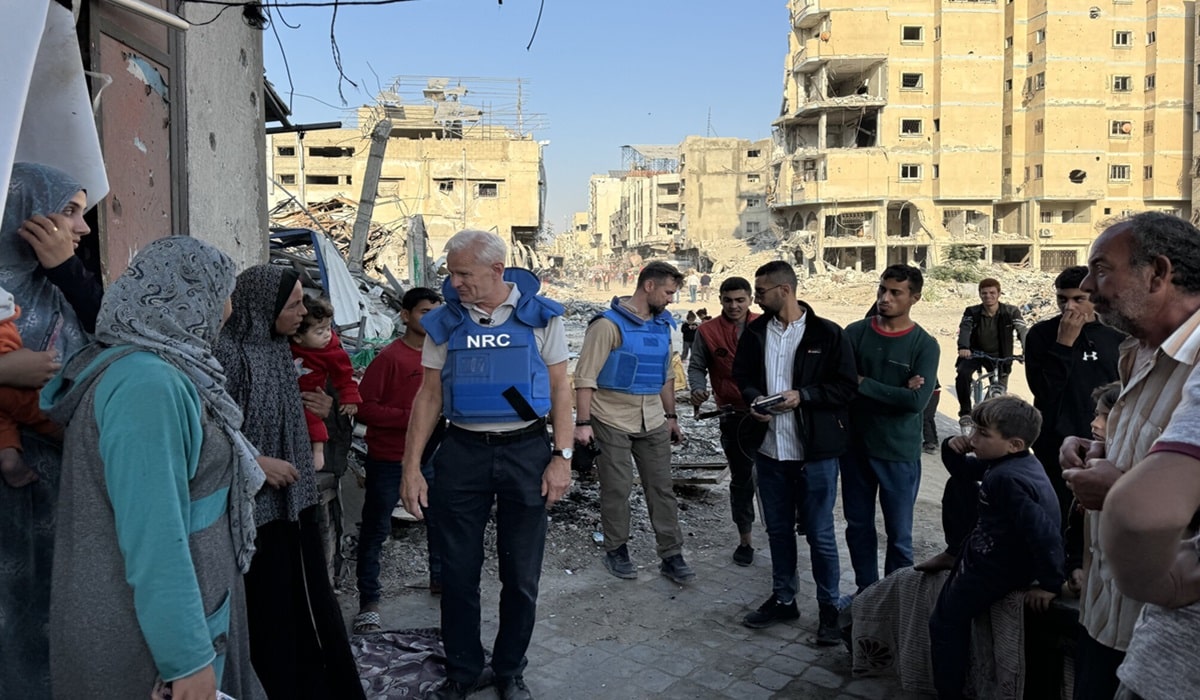Ukraine Has Become A Testing Ground for New Weapons Of Mass Destruction
- TDS News
- Breaking News
- May 20, 2023
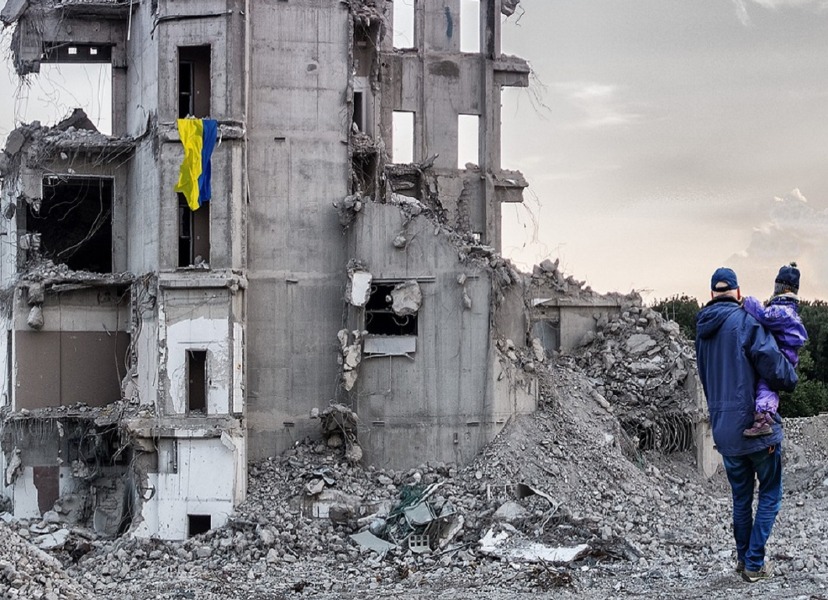
In a 2022 interview with Lex Friedman, Andrew Bustamante, a former CIA covert intelligence officer, shed light on Ukraine’s role as a testing ground for new weapons of war. This unique circumstance allows countries to test their military technologies without deploying their own forces, thus avoiding direct involvement and potential casualties.
Ukraine’s geopolitical position, ongoing conflicts, and proximity to various major powers have made it an attractive testing ground for new weapons systems. By supplying arms to Ukraine, countries can observe the performance and effectiveness of their weapons in a real-world combat scenario. This approach offers valuable insights, allowing for refinements and improvements without risking their troops. Ukraine’s conflicts have provided a unique opportunity for nations to showcase their military capabilities and gain a competitive edge.
Using Ukraine as a testing ground also fuels economic growth for weapons manufacturers. Countries providing weapons to Ukraine stimulate demand for military hardware and technology. This increased demand translates into contracts, production orders, and revenue for defence industry manufacturers. The economic benefits of testing and supplying weapons to conflict zones are significant for companies producing and selling military equipment.
The Land Lease Act, or Lend-Lease Act, is a historical legislation that emerged during World War II. It allowed the United States to provide military aid to its allies without immediate payment but with the expectation of repayment or lease arrangements in the future. In the context of Ukraine, the Land Lease Act is relevant because many of the arms donations fall under this agreement. It enables the U.S. government to support Ukraine’s defence capabilities by providing weaponry, ammunition, and military equipment without immediate financial compensation.
The utilization of the Land Lease Act strengthens the strategic partnership between the United States and Ukraine. By supporting Ukraine’s defence capabilities, the U.S. aims to counterbalance the influence of adversarial powers and promote regional stability. The provision of military aid enhances Ukraine’s ability to defend itself, bolstering its position in the ongoing conflicts. Additionally, this transaction strengthens diplomatic ties and showcases the United States’ commitment to its allies.
The issue of resource ownership in Ukraine becomes complex in the context of the ongoing conflict. While Ukraine possesses rich natural resources, including fertile agricultural land, minerals, and energy reserves, the ownership and exploitation of these resources are subject to various factors. Once the war eventually concludes, the question of resource ownership and control will arise. It will require diplomatic negotiations and agreements to determine how Ukraine’s resources are distributed and managed among the conflicting parties.
When the conflict subsides, Ukraine may face a situation similar to that of some African countries that have relied on aid in various forms, including arms, financial assistance, or other aid. Ukraine’s post-war trajectory will depend on its ability to rebuild, reconcile internal divisions, and diversify its economy. It will be crucial for Ukraine to reduce dependency on aid and establish sustainable economic growth by leveraging its resources, investing in infrastructure, and attracting foreign investments. However, that is easier said than done. With the mass destruction and the complete levelling and destruction of cities, Ukraine will heavily depend on aid for decades, if not a century.




